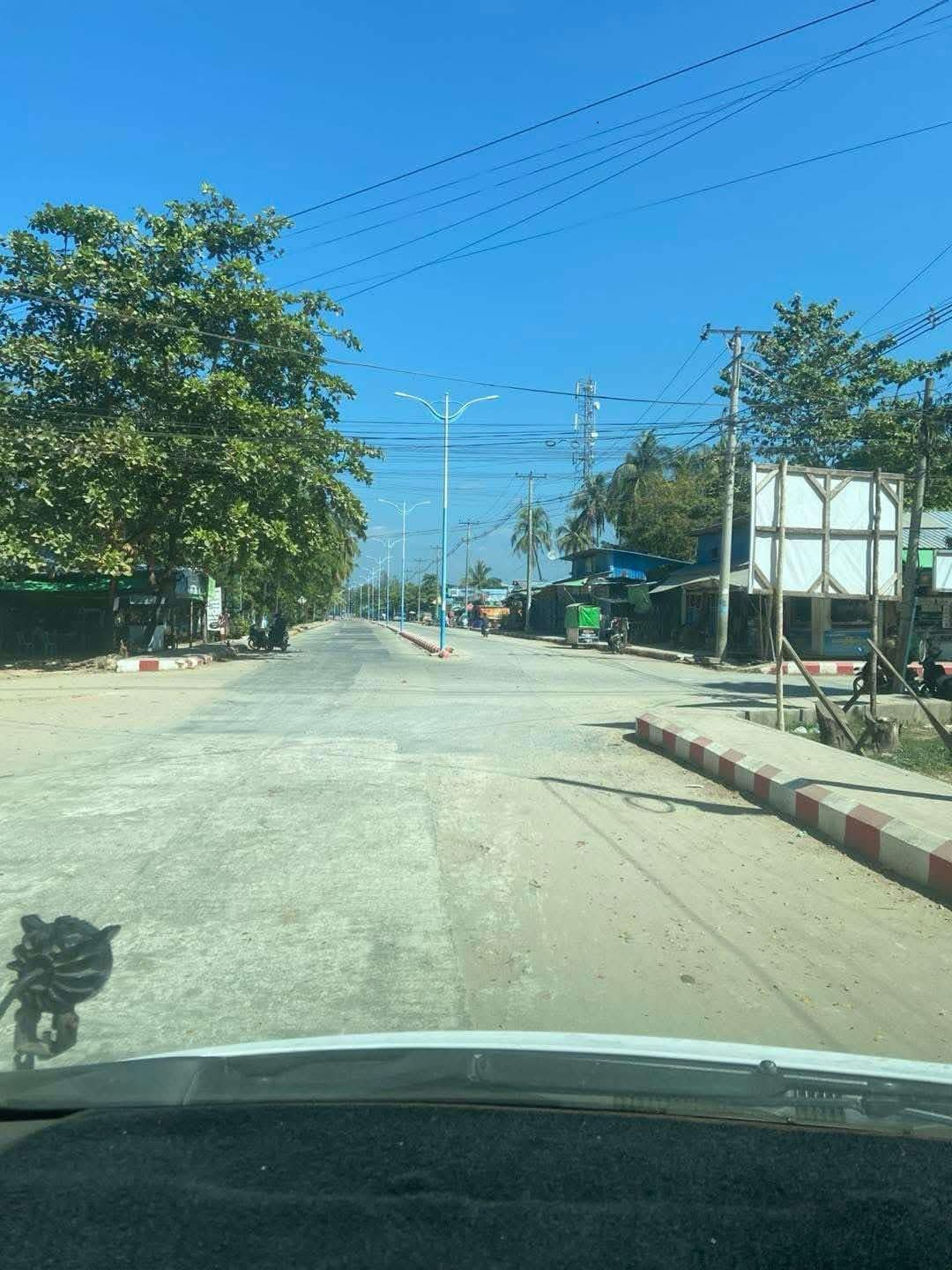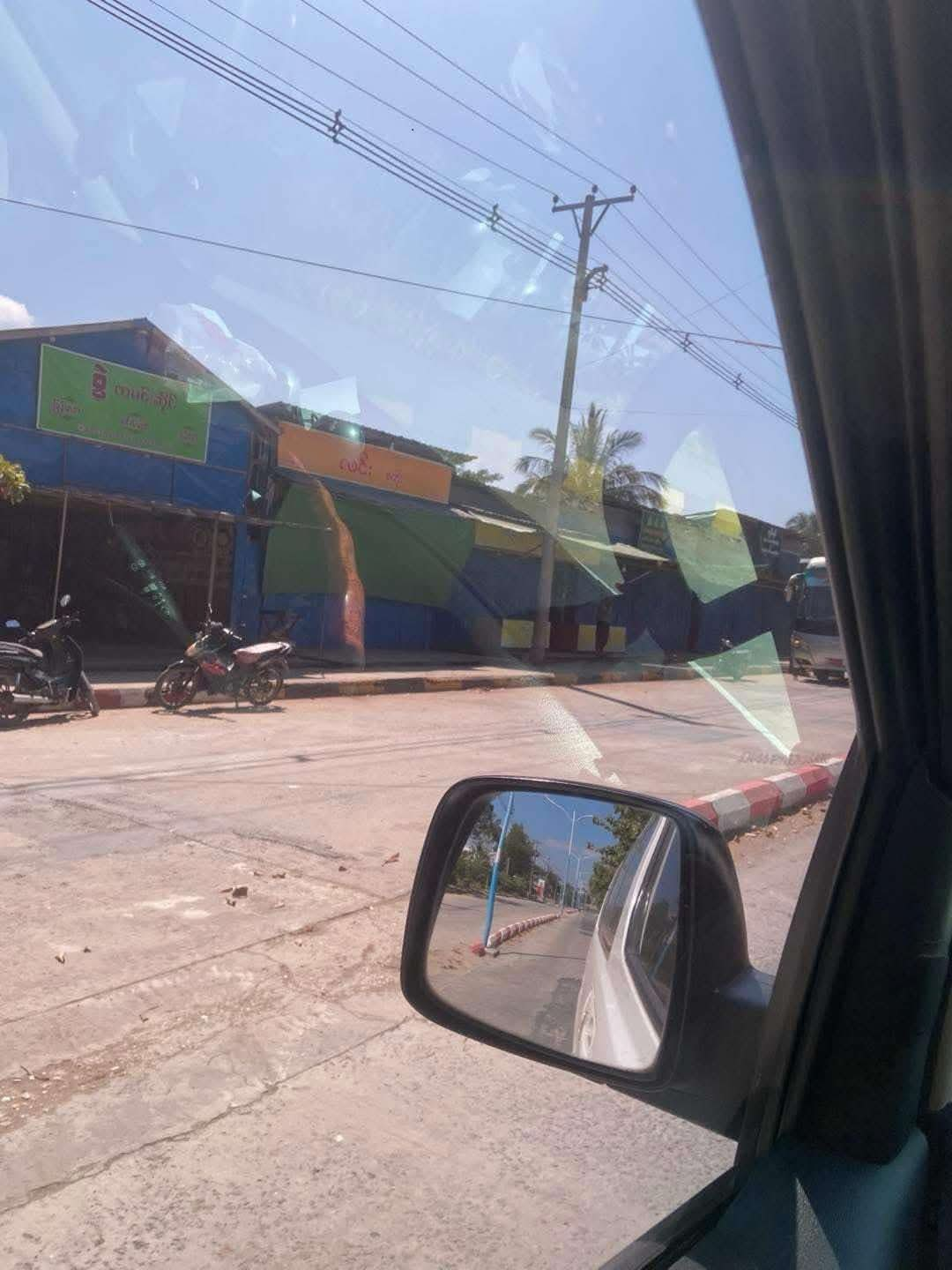
The deployment of 5G technology requires a robust and comprehensive infrastructure to deliver enhanced connectivity, higher bandwidth, and lower latency. Here are the key components and considerations involved in building the infrastructure to support 5G networks:
1. Cell Sites and Small Cells – Macro Cells: Large cell towers provide coverage over wide areas, mainly for urban and suburban deployments.







– **Small Cells**: These are low-power base stations placed in dense urban areas, providing improved coverage and capacity, especially in places with high data demand (e.g., stadiums, shopping malls).
### 2. **Backhaul Connections**
– **Fiber Optic Cables**: High-speed fiber connections are crucial for backhauling data from cell sites to the core network. They are essential for managing the increased traffic volume of 5G.
– **Microwave Links**: In areas where fiber deployment is challenging, microwave links can serve as a backhaul option, providing flexibility.
### 3. **Core Network Upgrades**
– **Network Function Virtualization (NFV)**: This technology enables the virtualization of network functions, making networks more flexible and scalable.
– **Software-Defined Networking (SDN)**: SDN allows for centralized management and configuration, improving efficiency and adaptability in routing and resource allocation.
### 4. **Edge Computing**
– **Multi-access Edge Computing (MEC)**: By placing computing resources closer to the end-users, MEC reduces latency and improves the performance of applications that require real-time data processing, such as IoT devices and autonomous vehicles.
### 5. **Spectrum Allocation**
– **Millimeter Waves (mmWave)**: 5G operates across a wide range of frequencies, including mmWave bands, which provide high capacities but have shorter ranges and require more infrastructure.
– **Sub-6 GHz Bands**: These bands provide broader coverage and better penetration through obstacles, making them essential for urban and rural deployments.
### 6. **Interoperability Standards**
– Ensuring compatibility between different manufacturers and technologies is crucial. Standards set by organizations like the 3rd Generation Partnership Project (3GPP) help facilitate this interoperability.
### 7. **Security Protocols**
– With increased connectivity comes heightened security risks. Implementing robust security measures, including data encryption, secure access protocols, and continuous monitoring, is essential for protecting user data and network integrity.
### 8. **Public-Private Partnerships**
– Collaboration between government entities, private companies, and industry stakeholders can facilitate the deployment of 5G infrastructure, particularly in funding and policy-making.
### 9. **Regulatory and Planning Considerations**
– Local and national regulations regarding tower placements, environmental assessments, and zoning laws will impact the deployment timeline and strategy.
– Effective urban planning is necessary to identify optimal locations for new infrastructure.
### 10. **IoT Integration**
– 5G is expected to support a massive number of connected devices, leading to a significant increase in IoT applications. Infrastructure must be designed to handle the connectivity requirements of these devices.
### 11. **Network Slicing**
– This innovative technology allows for the creation of multiple virtual networks within a single physical network, each optimized for different types of services and customer requirements (e.g., IoT, high-definition streaming).
### Conclusion
The infrastructure to support 5G is multi-faceted and requires careful planning and investment. As the rollout progresses, adapting to new technologies and changing user demands will be essential for maximizing the potential of 5G networks.


Leave a Reply